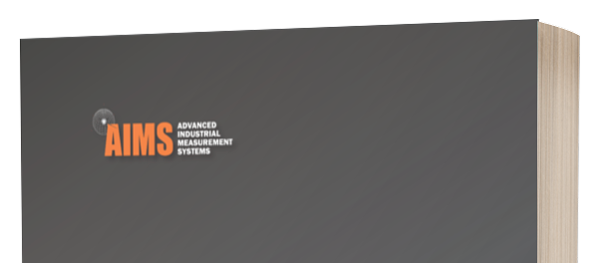Whether used in a lab environment or on a shop floor, coordinate measurement machines (CMMs) can significantly improve your product quality. However, selecting a machine that will meet your inspection needs requires careful planning. To identify the best system for your application, it's important to consider CMM hardware, software, and probing systems.
CMM Hardware
One of the most important aspects of a high-quality CMM machine is its hardware. When you're evaluating CMM equipment, you should first determine where the machine will be used.
Shop Floor Usage
Machines designed for shop floor usage necessitate durable and robust construction. When used in this setting, the best materials typically include a polymer cast base that provides thermal stability as well as vibration dampening. To withstand the harsh work cell environment, an elevated bridge structure without any moving parts or bearing surfaces in the worksurface is recommended.
CMMs used in machining operation environments require mechanical or hard-bearing systems that are able to tolerate dirt and coolant contamination. In these conditions, high-precision linear ball slides provide resilience and precision. The scales used are another crucial factor for handling contamination and temperature changes.
Quality Lab Usage
Precision CMM machines feature a granite base for stability and a moving bridge design that facilitates accurate, repeatable inspection. When used in quality lab settings, the main features to look at are the drive systems and air bearings. The best quality air bearings are made from porous media rather than aluminum or single-orifice steel. The porous material offers uniform lift and can be run with tighter gaps to ensure precise bridge motion.
When looking at the drive system, a linear motor is best. Linear motors do not contact the bridge and feature no moving parts that could cause unwanted vibrations. They are also significantly more cost-effective since they do not have worn components that require replacement over time. While many CMM machines feature friction-based drive systems, the belts, pulleys, and bands that move these systems also add unwanted vibration that is detrimental to accurate part scanning.
Probing Systems
Another important step in selecting the right CMM machine is to choose the most suitable probing system. There are two main parts to consider, the probe head and sensor type.
Probe Head Configuration: Fixed, Indexable, and 5-Axis
A fixed head probe system features no moving parts, which offers a slight accuracy advantage. However, it also is less flexible, resulting in increased costs and cycle time.
For many years, standard 3-axis indexable probe systems have been the most common option. These systems can index both an A and B axis to orient the probe styli at the surface that will be measured.
5-axis probe head systems are the next evolution of CMMs. These systems are infinitely indexable, using the head's smooth, continuous motion to perform measurements, increasing the accuracy and throughput of the CMM. You can learn more about the advantages of 5-axis CMMs on our blog.
Probe Sensor Type: Tactile, Scanning, and Non-Contact
The most common CMM sensors are touch-trigger probes. These are based on a switching trigger or strain gauge sensor and come in multiple shapes and sizes. Scanning contact probes, on the other hand, sweep across a part's surface, collecting data continuously and more quickly. With non-contact probes, a laser, structured light, or video measurement technology is used to collect part information instead of a trigger probe.
CMM Software
To ensure you're getting the most out of your CMM, it's important to select the right software. The best option will be easy to use and accomplish what you need your CMM to do. At AIMS, we work with multiple software packages to guarantee the right fit for each customer.
CMM-Manager by QX-Soft
This software uses an object-based interface that enables CMM program development without a complex programming language. This software features flexible functionalities such as:
- Graphical probe configuration
- Automatic tip calibration
- Full collision avoidance
CMM-Manager by QX-Soft is highly flexible and an industry leader for ease of use.
MODUS
MODUS by Renishaw fully supports our Revolution CMM line. It features a configurable interface that accommodates native DMIS program offline development, geometry drawing, and more. MODUS is the only software package that completely supports the REVO 5-axis probe system.
Verisurf Software
This software is a 3D measurement platform for reverse engineering, guided assembly, and manufacturing inspection. Verisurf software is easy to use and features an intuitive graphical interface. All you have to do is point and click on the model features you want to include in the inspection plan.
Innovative CMM Technology from AIMS Metrology
AIMS is passionate about offering the best CMM machine technology, backed by expert training and service. We can help you identify the right CMM for your application and obtain the training you need to get the most out of your new equipment. To learn more about our 5-axis CMM technology, contact us or request a quote today.

